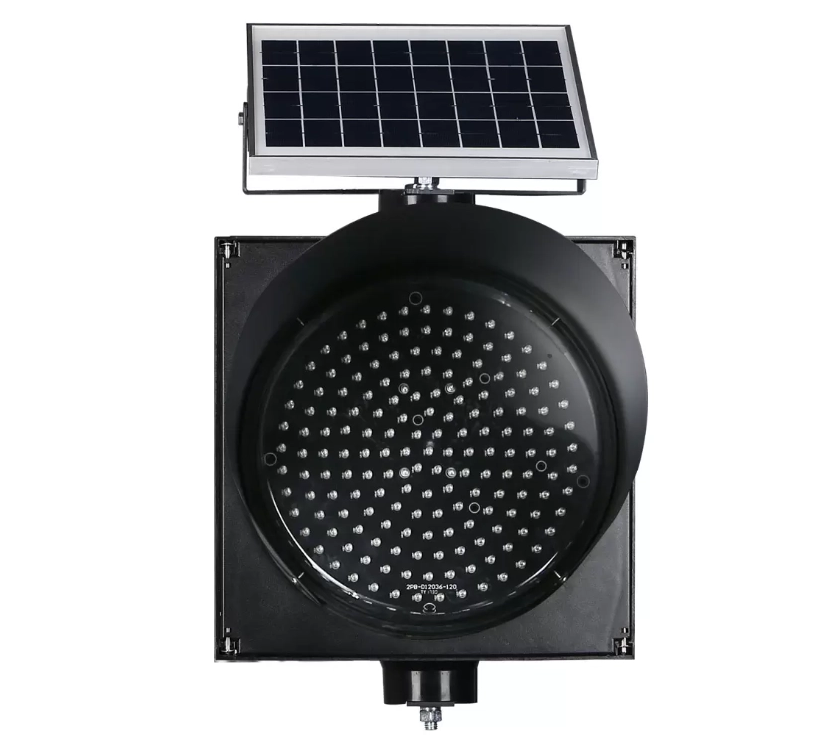Revolutionizing Transportation: Unveiling the Distinctions between Traditional and Modern Modes
Transportation plays a pivotal role in our daily lives, connecting people, goods, and ideas across vast distances. Over time, the evolution of transportation has witnessed a remarkable shift from traditional to modern modes. In this blog post, we will delve into the key differences between traditional and modern transportation, exploring their impact on efficiency, sustainability, and connectivity.
- Infrastructure and Technology:
Traditional transportation heavily relies on existing infrastructure, such as roads, railways, and waterways. These modes have been in use for centuries and have undergone limited technological advancements. On the other hand, modern transportation embraces cutting-edge technology, including electric vehicles, high-speed trains, and autonomous systems. The integration of advanced infrastructure and technology has revolutionized the efficiency and safety of transportation systems. - Speed and Efficiency:
One of the most notable distinctions between traditional and modern transportation lies in their speed and efficiency. Traditional modes, such as horse-drawn carriages or sailing ships, were relatively slow and time-consuming. In contrast, modern transportation offers unparalleled speed, with airplanes and bullet trains enabling us to traverse vast distances in a matter of hours. The advent of modern transportation has significantly reduced travel times, enhancing productivity and global connectivity. - Environmental Impact:
Traditional transportation often relies on fossil fuels, resulting in significant environmental consequences. The emissions from vehicles and ships contribute to air pollution and climate change. Conversely, modern transportation emphasizes sustainability and environmental consciousness. Electric vehicles, hybrid engines, and alternative fuels are increasingly replacing traditional fuel sources, reducing carbon footprints and mitigating environmental damage. - Connectivity and Accessibility:
Modern transportation has transformed the way we connect with the world. Traditional modes were limited by geographical constraints and often required extensive planning and time. In contrast, modern transportation offers unparalleled accessibility, connecting even the most remote areas. Air travel, high-speed trains, and advancements in maritime transport have made global connectivity more accessible, fostering economic growth, cultural exchange, and tourism. - Safety and Security:
With technological advancements, modern transportation has significantly improved safety and security measures. Traditional modes were prone to accidents and lacked sophisticated safety features. Modern transportation incorporates advanced safety systems, including airbags, anti-lock braking systems, and surveillance technologies. Additionally, modern transportation systems benefit from enhanced security measures, such as biometric identification and advanced surveillance, ensuring passenger safety and reducing the risk of criminal activities.
Conclusion:
The differences between traditional and modern transportation are vast and transformative. Modern transportation has revolutionized the way we travel, offering unprecedented speed, efficiency, and connectivity. Moreover, the emphasis on sustainability and safety has paved the way for a greener and more secure future. As we continue to witness advancements in transportation technology, it is crucial to acknowledge the impact of these changes on our lives, society, and the environment.
